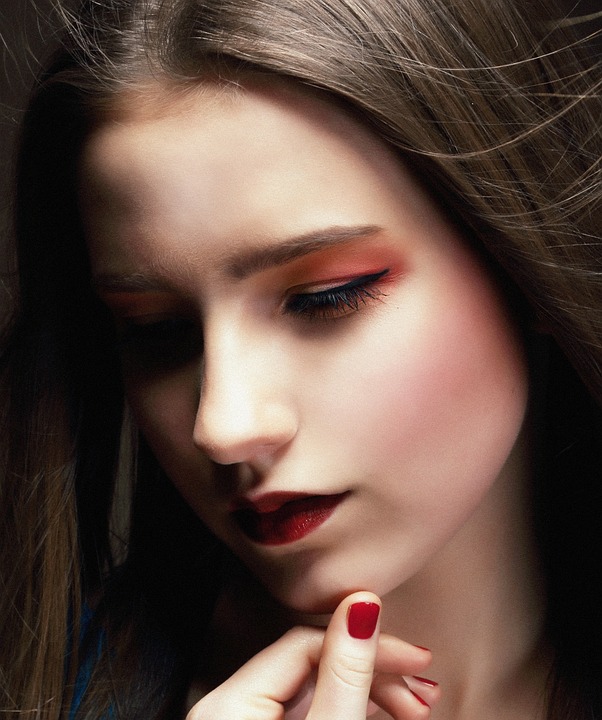Curiosity and Creativity: How They Intersect and Inform Each Other
In today’s fast-paced and ever-changing world, curiosity and creativity are two essential qualities that can give individuals a competitive edge. While they are distinct traits, they are intimately connected, and understanding how they intersect and inform each other can be a powerful way to foster innovation and growth.
What is Curiosity?
Curiosity is a quality that drives us to seek out new information, experiences, and knowledge. It is a state of mind that encourages us to ask questions, seek answers, and explore the unknown. Curiosity is often associated with children, who are naturally curious and eager to learn, but it is a trait that can be developed and nurtured throughout our lives.
What is Creativity?
Creativity is the ability to generate new and original ideas, products, or solutions. It involves thinking outside the box, making connections between seemingly unrelated concepts, and finding innovative ways to solve problems. Creativity is often the result of a combination of skills, experiences, and knowledge, and it is a fundamental aspect of many artistic, scientific, and business endeavors.
The Intersection of Curiosity and Creativity
While curiosity and creativity are distinct traits, they intersect in important ways. Curiosity is the fuel that drives creativity, as it encourages us to explore new ideas, challenge assumptions, and seek out novel solutions. Creativity, in turn, is the outcome of a curious mind, as it allows us to bring new ideas and perspectives to the surface.
When we are curious, we are more likely to ask questions, seek out information, and explore new possibilities. This mindset of curiosity can lead to a "what if" mentality, where we begin to think creatively about potential solutions. As we explore new ideas and experiences, we may stumble upon connections and insights that we would have otherwise missed, leading to innovative breakthroughs.
Conversely, creativity can also drive curiosity. When we are creative, we may become more curious about the underlying principles and mechanisms that make our ideas possible. This curiosity can lead us to learn more about the subject matter, seek out new information, and explore new possibilities.
The Feedback Loop of Curiosity and Creativity
The intersection of curiosity and creativity creates a powerful feedback loop that fosters innovation and growth. When we are curious, we are more likely to be creative, and when we are creative, we are more likely to be curious. This feedback loop can accelerate our learning and problem-solving abilities, allowing us to adapt to changing circumstances and push the boundaries of what is possible.
Strategies for Fostering Curiosity and Creativity
So, how can we foster curiosity and creativity in our daily lives? Here are a few strategies to consider:
- Seek out new experiences and challenges
- Ask questions and seek out information
- Take time to reflect and explore novel ideas
- Collaborate with others to learn from their perspectives and expertise
- Make time for creative pursuits and hobbies
Conclusion
Curiosity and creativity are two essential traits that are intimately connected and inform each other. By fostering curiosity and creativity, we can unlock new potential, drive innovation, and achieve our goals. As we navigate the complexities of the 21st century, the intersection of curiosity and creativity will be essential for individuals, organizations, and societies to thrive. By cultivating these traits, we can unlock the full potential of our minds and create a more innovative and fulfilling future.


